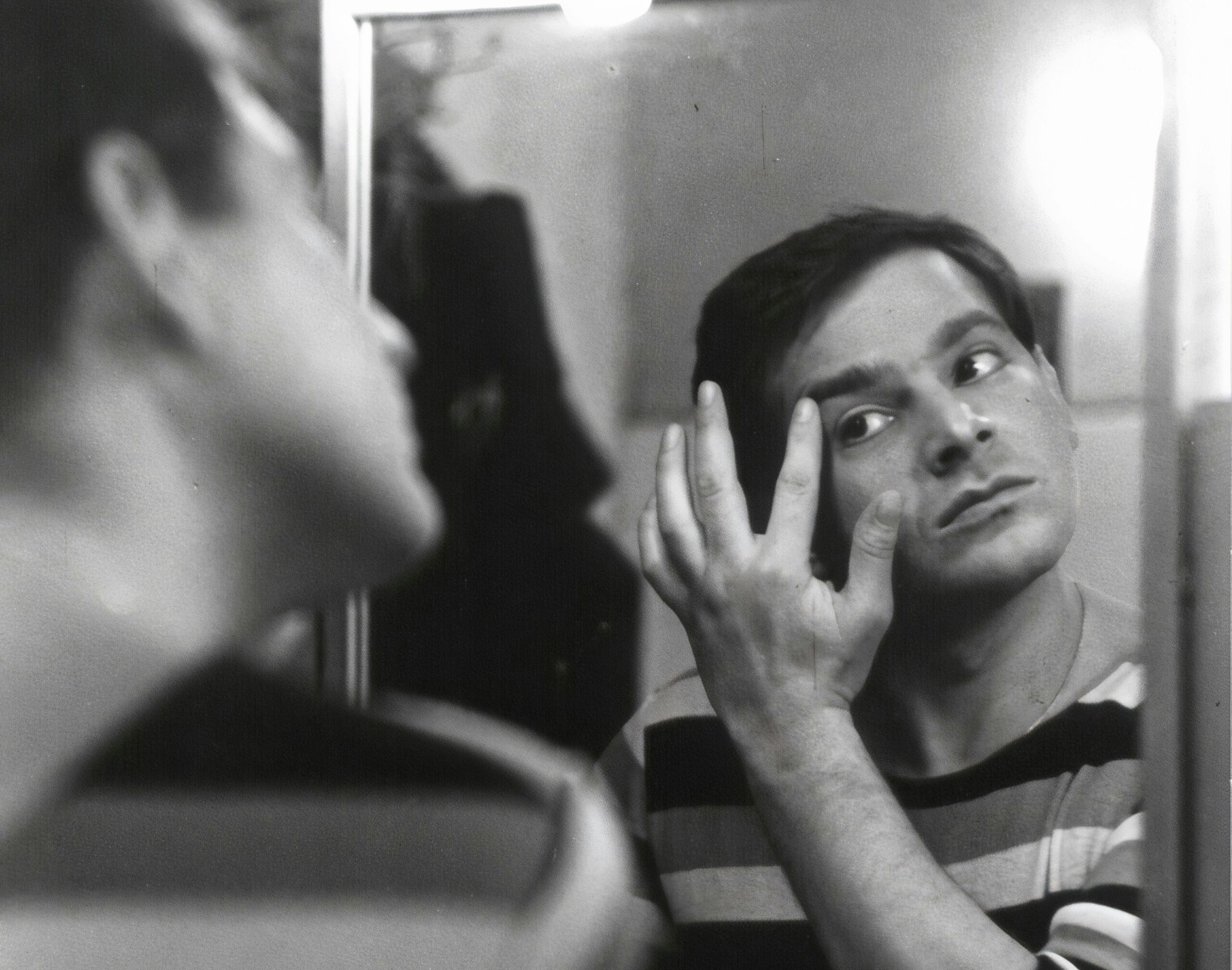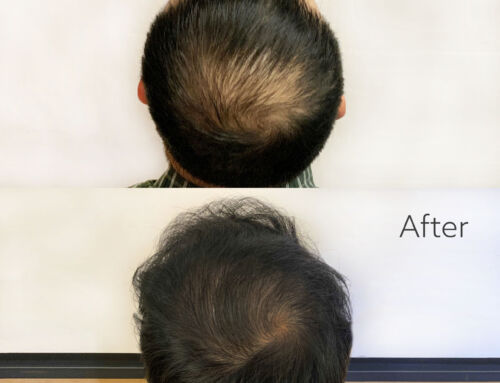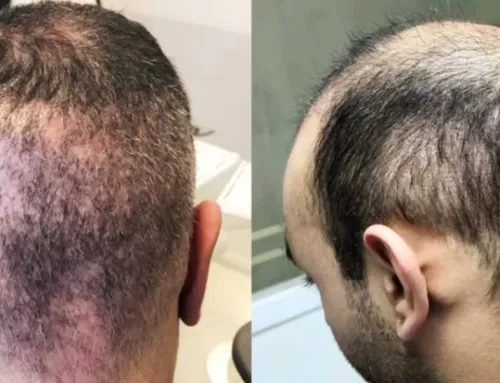Micro Follicular Unit Extraction (FUE) has become a transformative solution for those seeking natural-looking hair restoration. However, it’s not uncommon for patients to experience a temporary phenomenon known as shock loss after Micro FUE. In this blog post, we will explore the intricacies of shock loss, understand why it occurs, and discuss effective strategies for managing and mitigating this transient setback on the path to achieving a fuller and healthier head of hair.
Understanding Shock Loss:
Shock loss refers to the temporary shedding of existing hair in the recipient and donor areas following a Micro FUE procedure. While the term might sound alarming, it is an expected and natural part of the hair transplant process. Typically occurring within the first few weeks post-surgery, shock loss doesn’t indicate permanent damage to the transplanted follicles but rather a response to the trauma of the procedure.

hair transplant shock loss
Causes of Shock Loss:
Several factors contribute to shock loss after Micro FUE, including the trauma of the extraction and implantation process, the interruption of blood supply to existing hair, and the body’s natural response to stress. Additionally, the healing process itself can trigger temporary hair shedding as the scalp undergoes recovery.
Temporary Nature of Shock Loss:
It’s essential for patients to understand that shock loss is temporary. While it may be disconcerting to see increased hair shedding in the initial weeks post-Micro FUE, the transplanted hair follicles remain alive beneath the scalp, and new growth will eventually replace the lost hair. Patience is crucial during this phase, as regrowth typically begins within a few months.
Managing Expectations:
Surgeons and medical professionals play a crucial role in managing patients’ expectations regarding shock loss. Clear communication before the procedure helps individuals understand that temporary shedding is a normal part of the process, alleviating concerns and allowing them to focus on the long-term benefits of the Micro FUE procedure.
Post-Operative Care:
Adhering to post-operative care instructions is vital for minimizing shock loss and promoting optimal healing. Gentle care of the scalp, avoiding excessive manipulation or scratching, and following prescribed medications contribute to a smooth recovery process. Patients should also refrain from engaging in activities that may stress the transplanted area during the initial healing phase.
Incorporating PRP for Recovery:
Platelet-Rich Plasma (PRP) can be a valuable adjunct to Micro FUE procedures. PRP is known for its regenerative properties, promoting healing and stimulating hair follicle activity. When incorporated into the recovery process, PRP can help accelerate healing and reduce the duration of shock loss, contributing to a faster and more robust regrowth phase.
The NEHair Solution to Minimize or Eliminate Shock Loss:
To eliminate or reduce the amount of shock loss, Dr. Welter has incorporated several measures to improve outcomes. Gentle extraction techniques using our proprietary punches help ensure grafts are not damaged. The addition of HD-PRP (high density platelet rich plasma) to the donor and recipient sites also promotes better healing and stimulation of the follicles. Finally, Dr. Welter’s own peptide serum is applied at every surgery along with our own mesenchymal stem cell serum. The additive effects of both of these decreases the risk of shock loss but more importantly stimulates the follicular healing process so that final results can be seen as soon as six months in most patients.
Maintaining a Healthy Lifestyle:
General lifestyle factors also play a role in managing shock loss. Adopting a healthy lifestyle, including a balanced diet, regular exercise, and stress management, contributes to overall well-being and supports the body’s natural healing processes. These practices can positively impact the recovery and regrowth phases after Micro FUE.
Patience and Communication:
Patients undergoing Micro FUE should practice patience and maintain open communication with their medical team. It’s normal to have concerns and questions about shock loss, and discussing them with experienced professionals can provide reassurance and guidance on the expected timeline for regrowth.
Understanding shock loss as a temporary and natural part of the Micro FUE process is crucial for managing expectations and fostering a positive experience for patients. With the right information, post-operative care, and patience, individuals can navigate through the transient setback and look forward to the exciting prospect of new, natural hair growth.
For those considering Micro FUE and wanting personalized guidance on the recovery process, consulting with experienced specialists is advisable. Surgeons at New England Center for Hair Restoration are well-equipped to address patient concerns and provide comprehensive evaluations to ensure a smooth recovery journey.
For detailed assessments and personalized consultations on Micro FUE hair transplant costs, reach out to New England Center for Hair Restoration at 1-800-313-4247. Our specialists offer comprehensive evaluations to help individuals understand pricing factors and make informed decisions about their hair restoration journey.
References:
-
Garg S. Outcome of Intra-operative Injected Platelet-rich Plasma Therapy During Follicular Unit Extraction Hair Transplant: A Prospective Randomised Study in Forty Patients. J Cutan Aesthet Surg. 2016 Jul-Sep;9(3):157-164. doi: 10.4103/0974-2077.191657. PMID: 27761085; PMCID: PMC5064679. https://www.ncbi.nlm.nih.gov/pmc/articles/PMC5064679/
-
Gentile, P.; Garcovich, S. Advances in Regenerative Stem Cell Therapy in Androgenic Alopecia and Hair Loss: Wnt Pathway, Growth-Factor, and Mesenchymal Stem Cell Signaling Impact Analysis on Cell Growth and Hair Follicle Development. Cells 2019, 8, 466. https://doi.org/10.3390/cells8050466
-
Kerure AS, Agrawal SM, Dhurat R, Ginzburg A. Donor Area Acute Effluvium following Follicular Unit Extraction-Trichoscopic Simulator of Alopecia Areata: Series of Four Cases. J Cutan Aesthet Surg. 2020 Jan-Mar;13(1):31-34. doi: 10.4103/JCAS.JCAS_77_19. PMID: 32655248; PMCID: PMC7335467.
-






